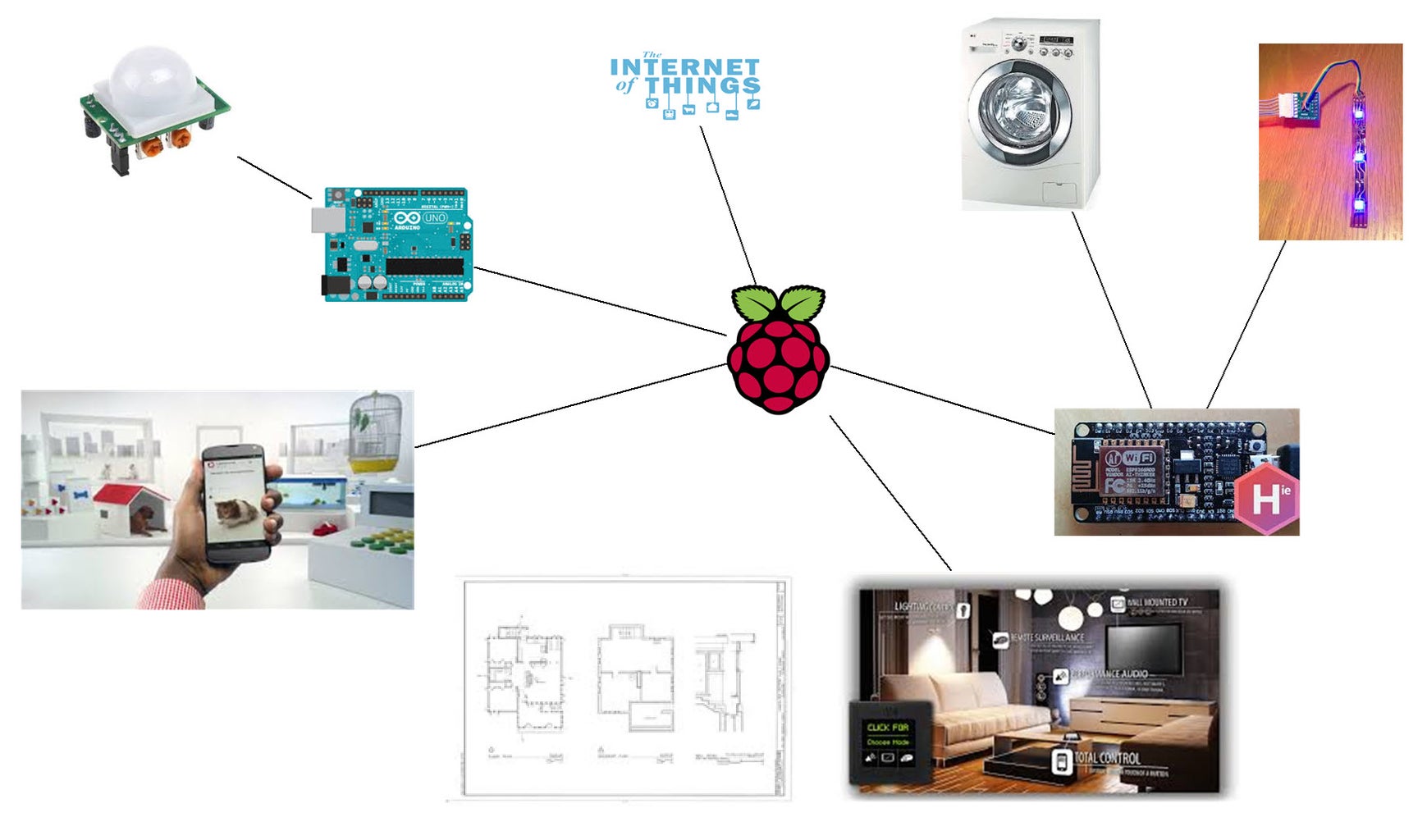
Build Your Own Home Automation System: A 2024 Guide
Home automation is no longer a futuristic fantasy; it’s increasingly accessible and affordable for the average homeowner. This article will guide you through building your own system, covering the latest technologies and approaches as of late 2024.
Why Build Your Own?
While pre-built systems like those from Google Nest, Amazon Alexa, and Apple HomeKit are convenient, building your own offers several advantages:
- Customization: Tailor the system precisely to your needs.
- Cost Savings: Often cheaper than purchasing a complete, branded solution.
- Privacy: Greater control over your data.
- Flexibility: Integrate a wider range of devices and technologies.
Core Technologies & Components
Several key technologies underpin modern home automation. Understanding these is crucial for planning your system:
- Hubs: Central controllers like Home Assistant (open-source), Hubitat Elevation, or SmartThings. These connect and manage your devices.
- Wireless Protocols:
- Wi-Fi: Common, but can strain your network.
- Zigbee: Low-power, mesh network, ideal for sensors.
- Z-Wave: Similar to Zigbee, but generally more expensive.
- Bluetooth: Useful for direct connections, limited range.
- Matter: The new unifying standard aiming for interoperability between ecosystems.
- Smart Devices: Lights, thermostats, locks, sensors (motion, door/window), cameras, and appliances.
Choosing a Hub: A Quick Comparison
| Hub | Pros | Cons | Cost (approx.) |
|---|---|---|---|
| Home Assistant | Highly customizable, open-source, privacy-focused. | Steeper learning curve, requires more technical knowledge. | $0 (software) + Hardware ($50 - $200+) |
| Hubitat Elevation | Local processing (faster, more reliable), good privacy. | Less community support than Home Assistant. | $150 - $200 |
| SmartThings | Easy to use, wide device compatibility. | Cloud-dependent, privacy concerns. | $80 - $120 |
Getting Started: A Step-by-Step Approach
- Plan Your System: Identify your needs and prioritize devices.
- Choose a Hub: Based on your technical skills and preferences.
- Select Devices: Ensure compatibility with your chosen hub and protocol. Look for Matter-compatible devices for future-proofing.
- Install and Configure: Follow the manufacturer's instructions for each device and the hub.
- Create Automations: Use the hub's interface to create rules and schedules (e.g., turn on lights at sunset, adjust thermostat based on occupancy).
Latest Trends in 2024
Several exciting developments are shaping the future of home automation:
- Matter Adoption: Increasingly, devices are supporting Matter, promising seamless integration across platforms.
- Edge Computing: Processing data locally on the hub or device, improving speed and privacy.
- AI Integration: Using artificial intelligence to learn your habits and automate tasks more intelligently.
- Energy Management: Smart thermostats and energy monitoring systems are becoming more sophisticated.
- Enhanced Security: Improved security protocols and features to protect your smart home from cyber threats.
Resources & Further Learning
Here are some helpful resources to continue your home automation journey:
Building your own home automation system can be a rewarding experience. With careful planning and the right tools, you can create a smart home that perfectly fits your lifestyle.
